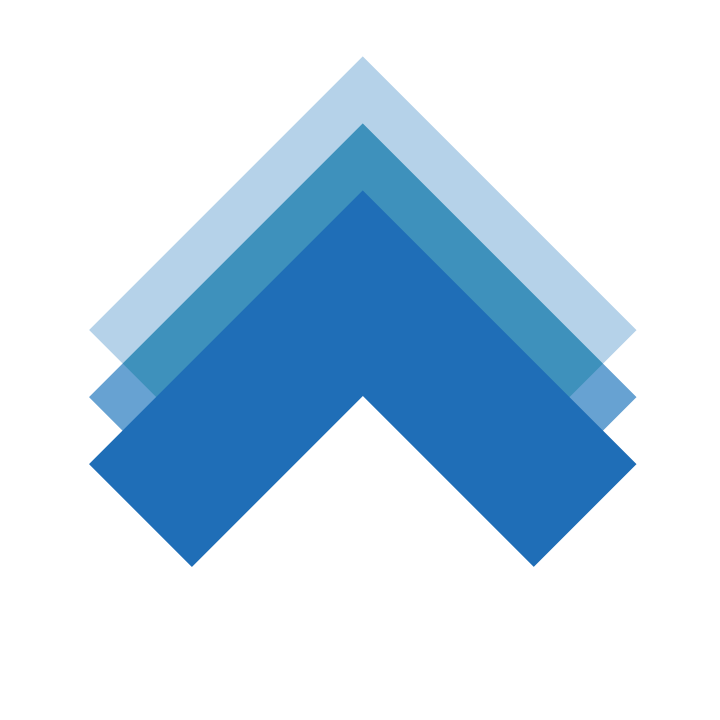"Visioneering is a clear mental picture of what could be, fueled by the conviction that it should be.” -Andy Stanley
So often organizations jump into strategy and tactics before planning and the results are chaos, confusion or disaster...or all three. But even those organizations that understand this oftentimes begin planning before they have developed "a clear mental picture of what could be." This clear mental picture of what could be is best pursued through a process of "possibility discovery"... or as Stanley calls it, "Visioneering."
As human beings we quite naturally develop strong paradigms of thinking and action over time. This process begins at birth and everyone has a paradigm. A Paradigm is "a fundamental unquestioned set of assumptions that determines our worldview." These assumptions (aka biases) are formed by our past experiences (good and bad), our environment, socioeconomic influences and many other factors. Paradigms act as filters. We quite literally see the world through our paradigm filters. These filters can severely limit our ability to see beyond what we know and what we believe to be true. People in leadership positions are no more or no less susceptible to these paradigms, however, in their role as leaders, they have a far greater responsibility to be aware of and understand the effect of what is commonly referred to as "paradigm blindness." Following are some notable examples of (at least initial) paradigm blindness:
“I think there’s a world market for about five computers.” —Thomas Watson, Chairman of IBM, 1943.
“There is no reason for any individual to have a computer in their home.” —Ken Olson, President of Digital Equipment Corporation, 1977.
"Who the hell wants to hear actors talk?” —Harry Warner, Warner Brothers
Pictures, 1927.
“There is no likelihood that man can ever tap the power of the atom.” —Robert Milliken, Nobel Prize winner in physics, 1920.
There are literally hundreds of other examples of paradigm blindness that can be found by a Google search, but the bottom line is this...our paradigms stand in the way of us seeing the possibilities in front of us...if we let them.
Organizations cannot reach their full potential if leaders don't recognize this effect and take steps to insure that their vision is expanded as widely as possible and every effort is made to pursue the discovery of possibilities and limit predetermined limitations! This is not a one time activity (aka static Vision Statement), but rather the development of a purposeful and perpetual "visioneering" discipline. In today's world, organizations that don't have this discipline, no matter the industry, are doomed to stall, or fail.
For this kind of corporate discipline to develop, first and foremost, it must start at the top. Leaders must discover their unique paradigm, how this paradigm interacts with other decision-makers and how it impacts productivity (or lack thereof) across the organization. Leaders must learn how to broaden their thinking and expand their vision. However, it is virtually impossible for leaders to "see" their own paradigm and how this effects their decisions and their intention toward others without going through a formal process of discovery. There are tools and techniques specifically designed to aid in this discovery process.
Case in point #1 - I was hired by a Board of Directors several years ago to turn around (aka rescue) a failing software start-up company where they collectively had a great deal of money invested. The young founders were bright, talented and hard-working. Their technology was sound and their business plan was adequate. However, for a variety of reasons they had lost their way and were floundering to identify their vision and mission. Revenues were falling fast. After a few facilitated discovery sessions, a sequestered weekend away (no cell phones) and some strategy changes, the company was back on track and was acquired for considerable money a few months later. In one of the discovery sessions I found a half-baked software product that, with a few tweaks and enhancements, was very valuable to a specific industry at the time. Ironically, that software had been put on the shelf by the CEO 6 months earlier and considered unimportant.
Case in point #2 - I have had the privilege of working with prospective entrepreneurs and small business (SME) owners in Morocco, Afghanistan, Libya & China, along with Native Americans here in the States. In all but a few rare cases a pattern has emerged in persistent, generational poverty caused by a lack of economic prosperity. This pattern is a combination of deep seated paradigm blindness entrenched in history and the corresponding lack of ability to imagine and grasp possibilities. Until these paradigms are discovered and addressed, progress simply cannot be made. you have to look no further than our well documented nation building failures in Afghanistan for proof. I can go on and on about this.
Perpetual vision (aka visioneering) is a learned, not an innate, skill. It is, however, one of the most valuable skills an organization's leader can have. No matter the industry or the business, the discipline of perpetual vision is imperative for sustained success. As previously stated, there are tools and techniques to examine these, evaluate their impact, and leverage them to the advantage of an individual and an organization.

